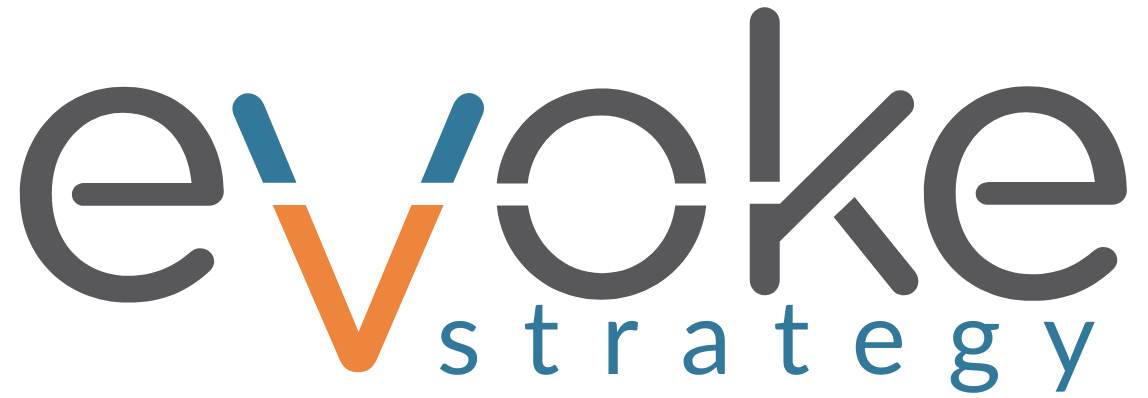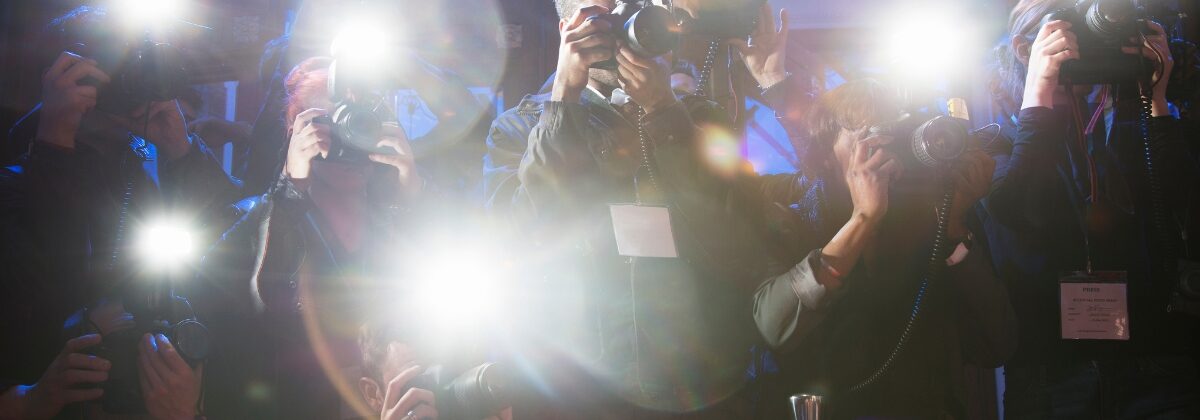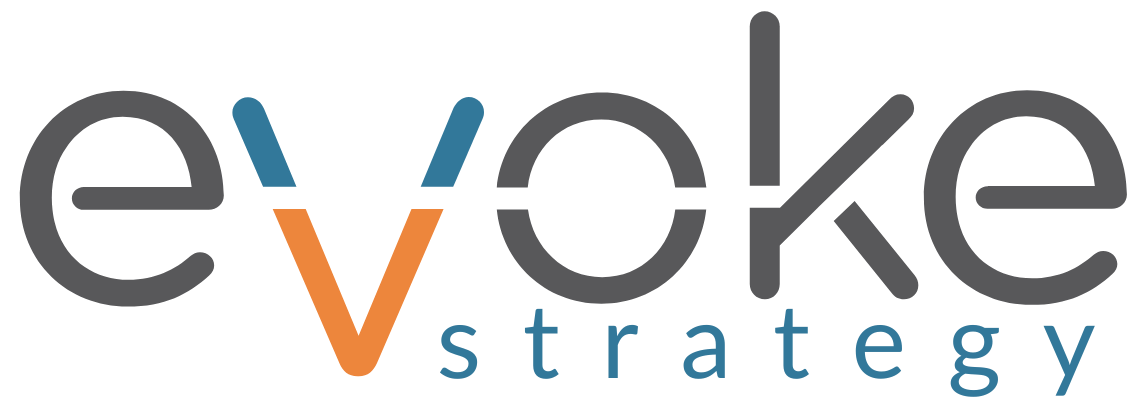Publicity campaigns serve as a cornerstone for any brand seeking to establish or revolutionize its presence in the marketplace. In an era where consumers are bombarded with information from countless sources, a well-executed publicity campaign can cut through the noise and create a lasting impression. These campaigns are not merely about promoting a product or service; they are about crafting a narrative that resonates with the target audience.
By effectively communicating a brand’s values, mission, and unique selling propositions, companies can foster deeper connections with consumers, ultimately leading to increased loyalty and advocacy. Moreover, the significance of publicity campaigns extends beyond immediate sales figures. They play a crucial role in shaping public perception and building credibility.
In a world where trust is paramount, brands that engage in transparent and authentic communication are more likely to earn consumer confidence. Publicity campaigns can highlight a brand’s commitment to social responsibility, innovation, or customer satisfaction, thereby positioning it as a leader in its industry. This strategic approach not only enhances brand reputation but also lays the groundwork for long-term success and sustainability.
Crafting a Compelling Brand Story for Publicity Campaigns
The Power of Emotional Connection
For instance, brands like Nike have effectively utilized storytelling to connect with their audience on a personal level, often highlighting themes of perseverance and triumph over adversity. By sharing relatable experiences, brands can foster an emotional bond that transcends mere transactional relationships.
Authenticity and Relatability
In addition to emotional resonance, a compelling brand story should also be authentic and relatable. Consumers today are increasingly discerning; they seek brands that align with their values and beliefs. This means that brands must be transparent about their practices and the motivations behind their products or services.
Aligning Narrative with Action
For example, Patagonia has built its reputation on environmental sustainability, using its brand story to advocate for conservation efforts while simultaneously promoting its outdoor apparel. By aligning their narrative with their actions, brands can create a cohesive identity that strengthens their overall message and enhances consumer trust.
Leveraging Media Channels for Maximum Brand Exposure
To maximize the impact of publicity campaigns, brands must strategically leverage various media channels. Traditional media outlets such as newspapers, magazines, radio, and television still hold significant sway in shaping public opinion. However, the rise of digital media has transformed the landscape, offering brands new avenues for reaching their target audiences.
Online platforms such as blogs, podcasts, and video-sharing sites provide opportunities for brands to engage with consumers in more interactive and dynamic ways. For instance, consider how brands like Red Bull have successfully utilized extreme sports events and sponsorships to gain media coverage and enhance brand visibility. By aligning themselves with high-energy activities that resonate with their target demographic, they have created a strong association between their brand and an adventurous lifestyle.
Additionally, social media platforms like Instagram and TikTok allow brands to share visually compelling content that can go viral, further amplifying their reach. By understanding the strengths and nuances of each media channel, brands can tailor their messaging to maximize exposure and engagement.
Building Relationships with Key Media Contacts for Successful Publicity Campaigns
Establishing strong relationships with key media contacts is essential for the success of any publicity campaign. Journalists, bloggers, and influencers play a pivotal role in disseminating information about a brand to their audiences. By cultivating these relationships, brands can ensure that their stories are told accurately and compellingly.
This involves not only reaching out to media professionals but also providing them with valuable content that aligns with their interests and audience needs. For example, when launching a new product, a brand might invite journalists to an exclusive event where they can experience the product firsthand. This not only generates buzz but also provides journalists with unique content to share with their readers or followers.
Additionally, maintaining ongoing communication with media contacts can lead to more opportunities for coverage in the future. Brands that invest time in nurturing these relationships often find themselves at an advantage when it comes to securing favorable media placements.
Utilizing Social Media Platforms to Amplify Publicity Campaigns
Social media platforms have revolutionized the way brands communicate with their audiences, making them indispensable tools for amplifying publicity campaigns. With billions of users worldwide, platforms like Facebook, Twitter, Instagram, and LinkedIn offer unparalleled access to diverse demographics. Brands can leverage these platforms to share their stories, engage with consumers directly, and foster community around their products or services.
For instance, during a publicity campaign for a new product launch, a brand might create a dedicated hashtag to encourage user-generated content. This not only increases engagement but also allows consumers to feel like they are part of the brand’s journey. Additionally, live streaming events or Q&A sessions on social media can create real-time interaction between the brand and its audience, further enhancing engagement levels.
By utilizing social media strategically, brands can amplify their messaging and reach wider audiences than ever before.
Measuring the Impact of Publicity Campaigns on Brand Awareness and Engagement
Quantifying Campaign Effectiveness
Key performance indicators (KPIs) such as media impressions, social media shares, website traffic, and conversion rates provide valuable insights into how well a campaign is resonating with its target audience. For instance, if a campaign generates significant media coverage but fails to drive traffic to the brand’s website or social media pages, it may indicate that the messaging needs refinement.
Delving Deeper with Qualitative Measures
Qualitative measures such as consumer sentiment analysis can provide deeper insights into how audiences perceive the brand following a campaign. Tools like social listening platforms allow brands to monitor conversations about their products or services across various channels.
Continuous Improvement through Measurement
Ultimately, measuring the impact of publicity campaigns is crucial for continuous improvement and ensuring that marketing efforts align with consumer expectations.
Implementing Creative and Innovative Strategies for Publicity Campaigns
In an increasingly competitive landscape, creativity is paramount for standing out in publicity campaigns. Brands must think outside the box to capture attention and engage consumers effectively. Innovative strategies might include experiential marketing events that allow consumers to interact with the brand in memorable ways or collaborations with artists or influencers who resonate with the target audience.
For example, Coca-Cola’s “Share a Coke” campaign creatively personalized its product by replacing its iconic logo with popular names on bottles. This not only encouraged consumers to purchase bottles featuring their names but also sparked social media sharing as people posted pictures of their personalized drinks online. Such innovative approaches not only enhance brand visibility but also create memorable experiences that consumers associate with the brand.
The Future of Publicity Campaigns: Trends and Predictions for Brand Revolution
As technology continues to evolve, so too will the landscape of publicity campaigns. One significant trend is the increasing importance of data-driven marketing strategies. Brands will increasingly rely on analytics to inform their decisions about targeting audiences and crafting messages that resonate deeply.
The ability to segment audiences based on behavior and preferences will allow for more personalized campaigns that speak directly to individual consumers. Additionally, as consumers become more aware of issues such as sustainability and social justice, brands will need to align their messaging with these values to remain relevant. Authenticity will be key; consumers are more likely to support brands that demonstrate genuine commitment to social causes rather than those that engage in performative activism.
The future of publicity campaigns will likely see an emphasis on transparency and accountability as brands navigate these complex consumer expectations. In conclusion, as we look ahead at the future of publicity campaigns, it is clear that adaptability will be essential for brands seeking to revolutionize their presence in the market. Embracing new technologies while remaining true to core values will be critical in crafting effective campaigns that resonate with consumers on multiple levels.
Publicity campaigns are essential for businesses looking to increase their visibility and attract new customers. One related article that provides valuable insights into successful marketing strategies is “Six Success: Kimberly Platt & Charlie Tulum’s Dos Tacos Food Truck”.
By learning from the experiences of others, businesses can develop effective publicity campaigns that drive growth and success.



